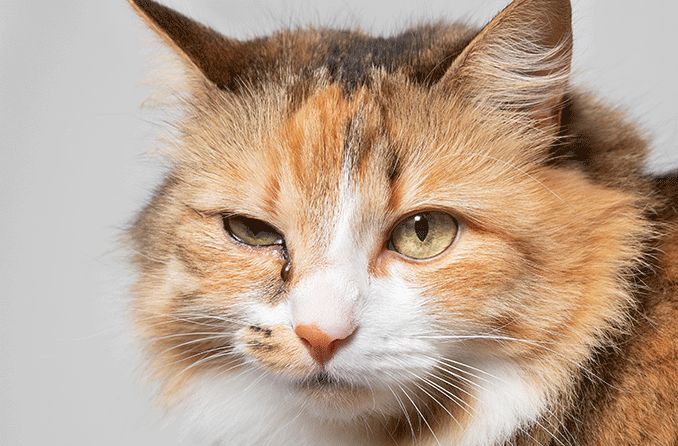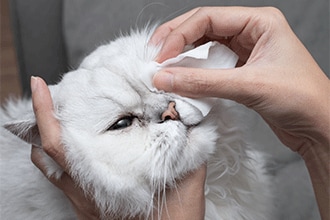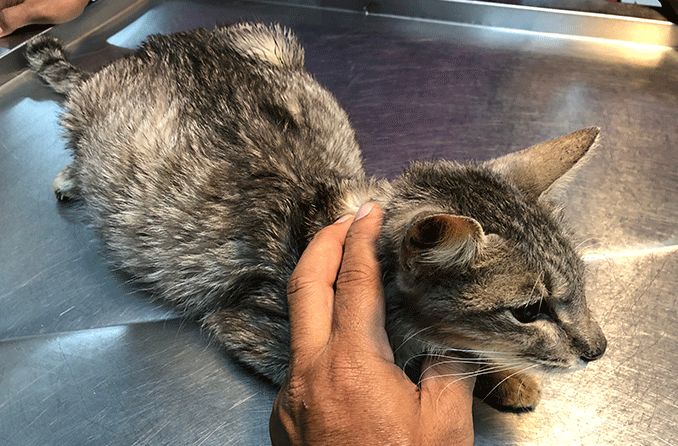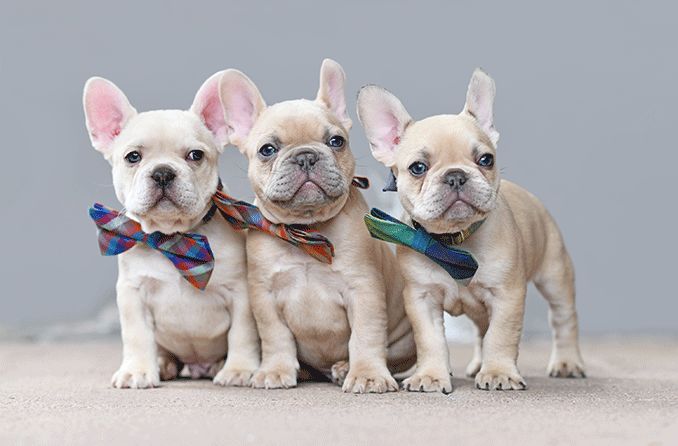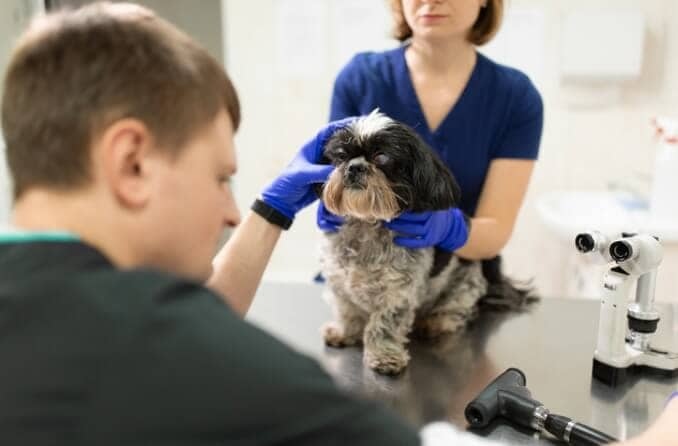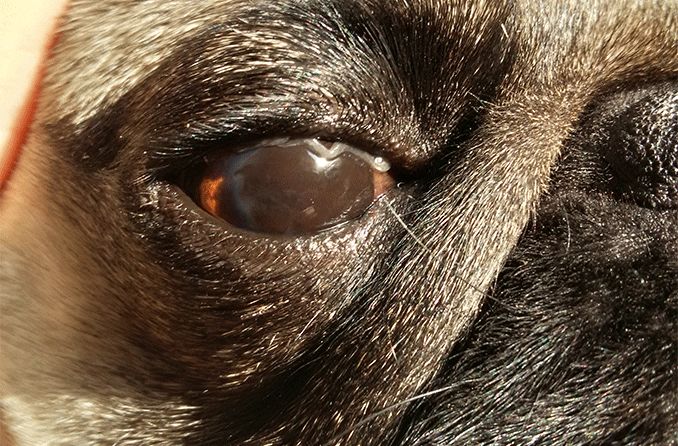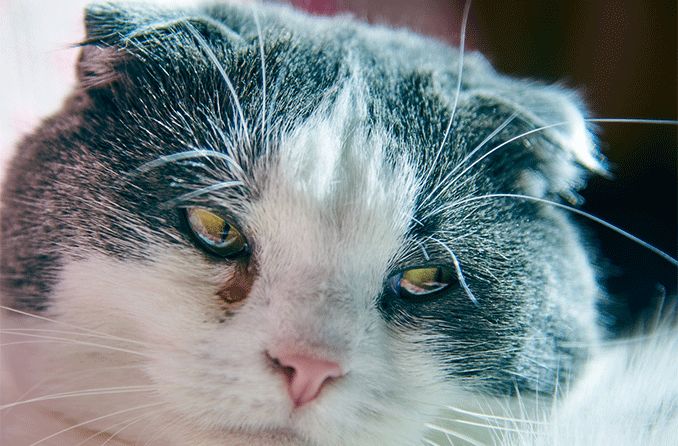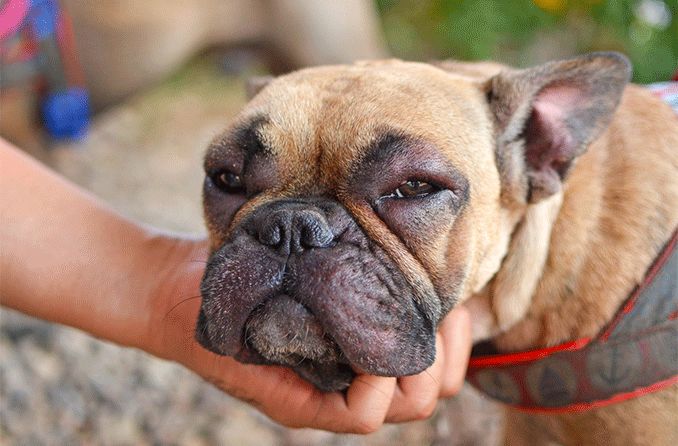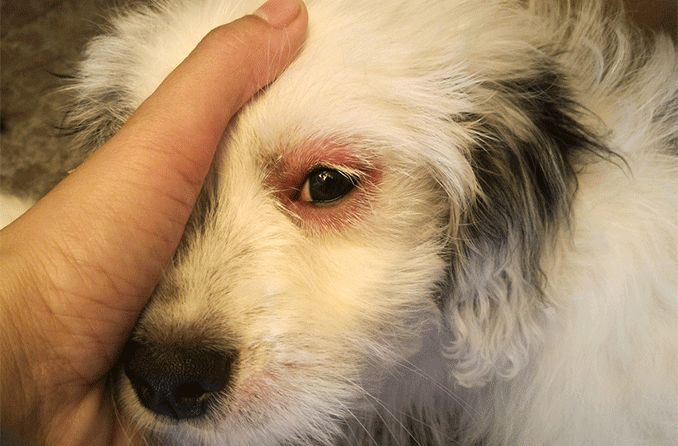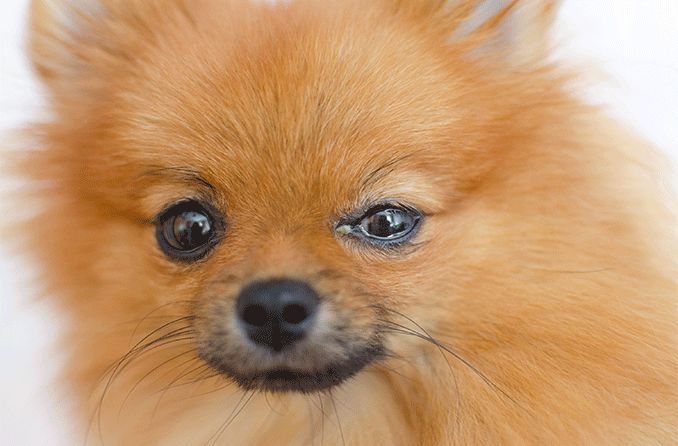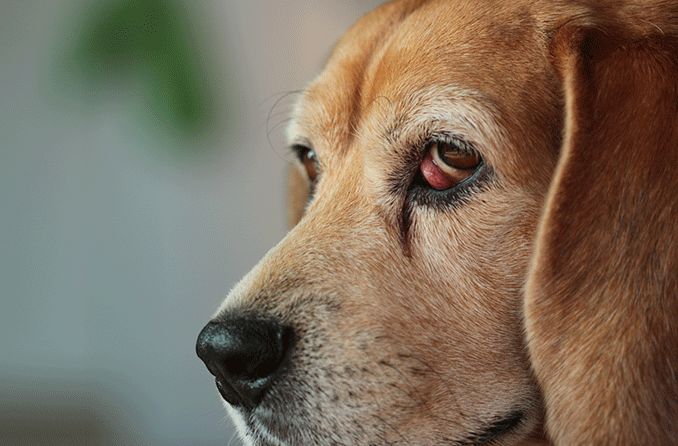Eye discharge symptoms
When a cat’s eyes work properly, a thin film of tears lubricates the eyes, and excess fluid drains into the nasolacrimal ducts, which are located in the inside corners of the eyes, and into the nasal cavity. These ducts drain tears into the back of the throat and nose, but when there is damage to the ducts, they can become clogged, creating discharge.
Clear, watery ocular discharge is usually indicative of a minor problem with the eye. If the discharge becomes cloudy, bloody or foul smelling, the problem is more severe and needs veterinary attention.
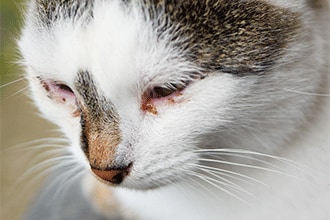
There are several symptoms that commonly occur along with eye discharge in a cat. These symptoms should be taken seriously, as ocular issues can become severe very quickly and lead to more serious damage to the affected eye:
- Skin irritation
- Swelling and eye inflammation
- Reddish-brown staining beneath the eyes
- Light sensitivity
- Impaired vision
- Squinting
- Cloudy or opaque corneas
SEE RELATED: Cat eyes and vision
